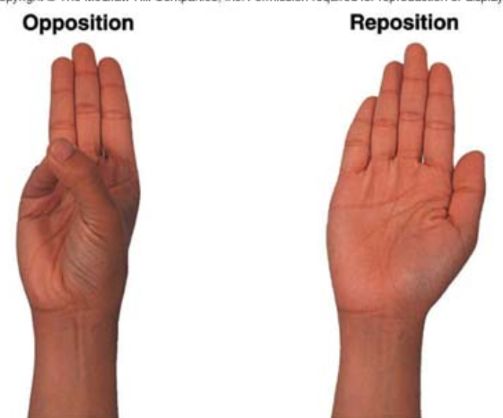Grade 12 Kinesiology - 1.1 Principles & Terminology of Kinesiology
1/64
There's no tags or description
Looks like no tags are added yet.
Name | Mastery | Learn | Test | Matching | Spaced |
|---|
No study sessions yet.
65 Terms
Human Anatomy
study of the structures that make up the human body and how they relate to each other
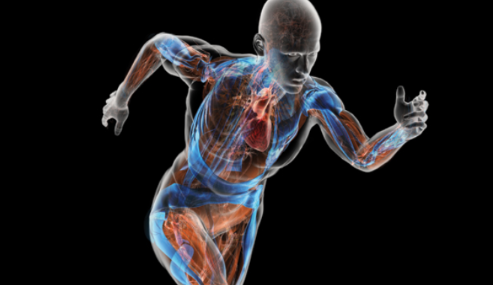
Physiology
basic processes of the body and how they occur in the body
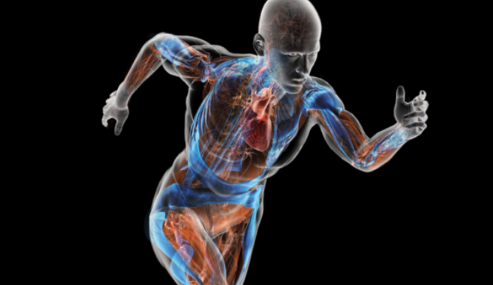
Structure determines ________.
function
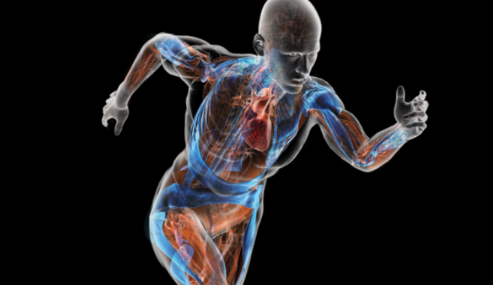
Anatomical Position
the standard way the human body is shown
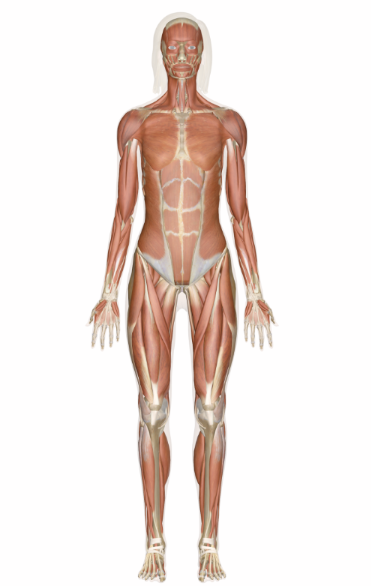
Anatomical Position Standards
standing erect
facing forward
arms to the side, palms facing forward, thumbs turned outward
legs straight
heels, feet and great toes parallel to each other
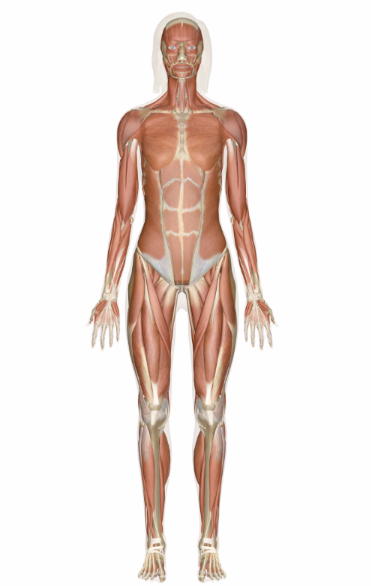
Anterior
towards the front of the body
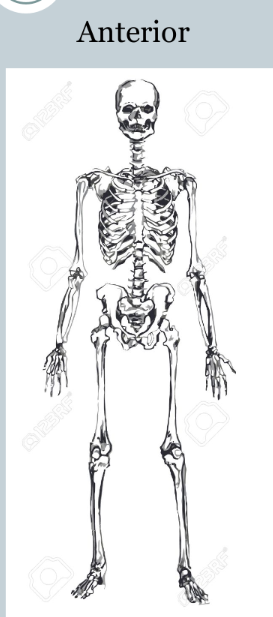
Posterior
towards the back of the body
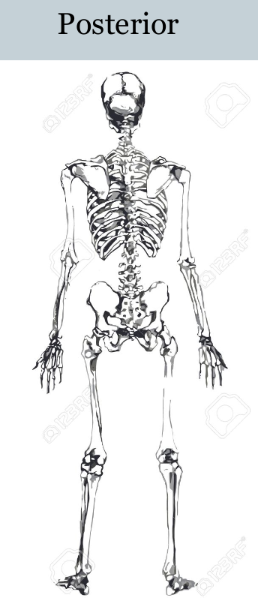
Anterior vs Posterior
Anterior: towards the front of the body
Posterior: towards the back of the body

Superior
above
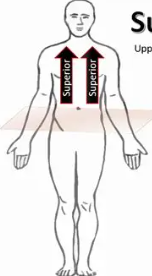
Inferior
below
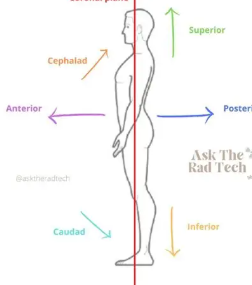
Superior vs Inferior
Superior: above
Inferior: below
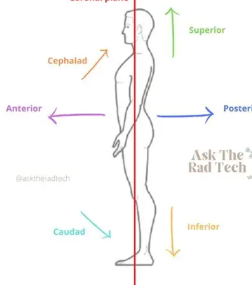
Superficial
on or close to the surface of the body

Deep
farther away from the surface of the body
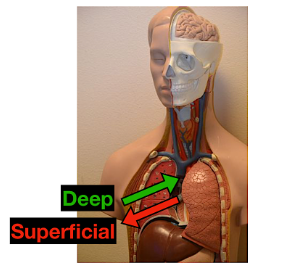
Superficial vs Deep
Superficial: on or close to the surface of the body
Deep: farther away from the surface of the body

Lateral
away from the midline of the body

Medial
towards the midline of the body
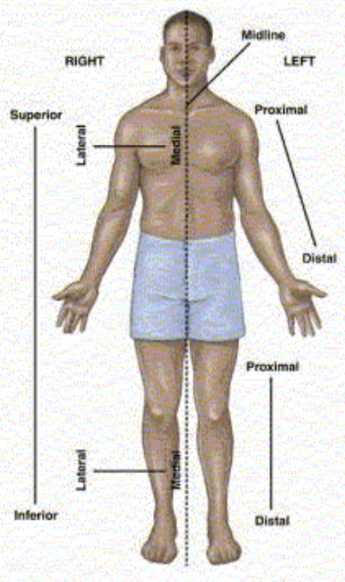
Lateral vs Medial
Lateral: away from the midline of the body
Medial: towards the midline of the body
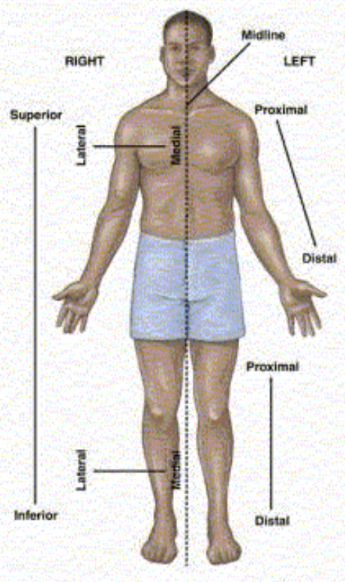
Proximal
closer to a specific region
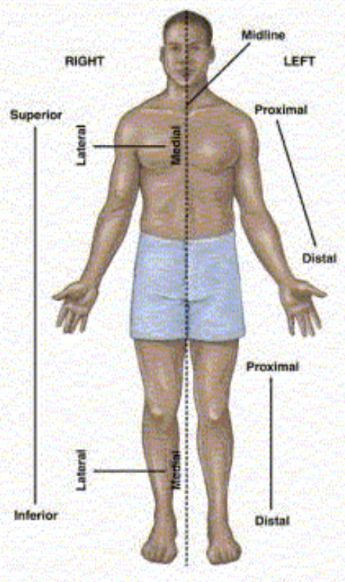
Distal
further from a specific region

Proximal vs Distal
Proximal: closer to a specific region
Distal: further from a specific region
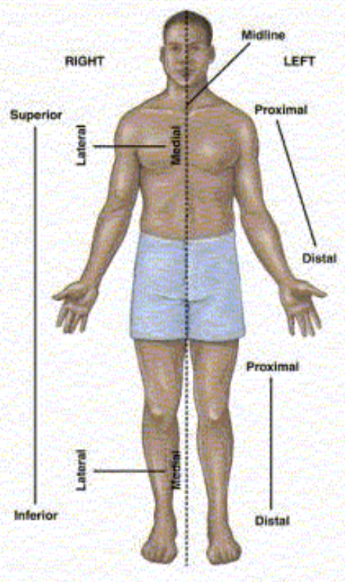
Supine
lying on the back
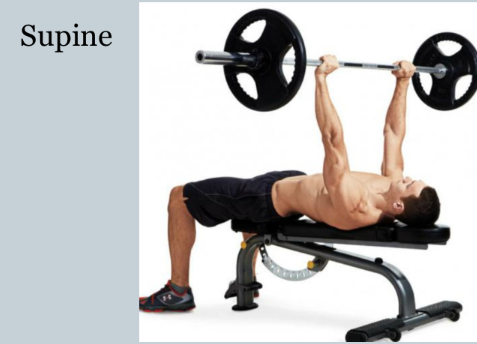
Prone
lying on the front
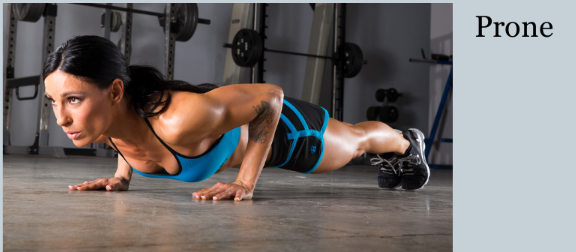
Supine vs Prone
Supine: lying on the back
Prone: lying on the front
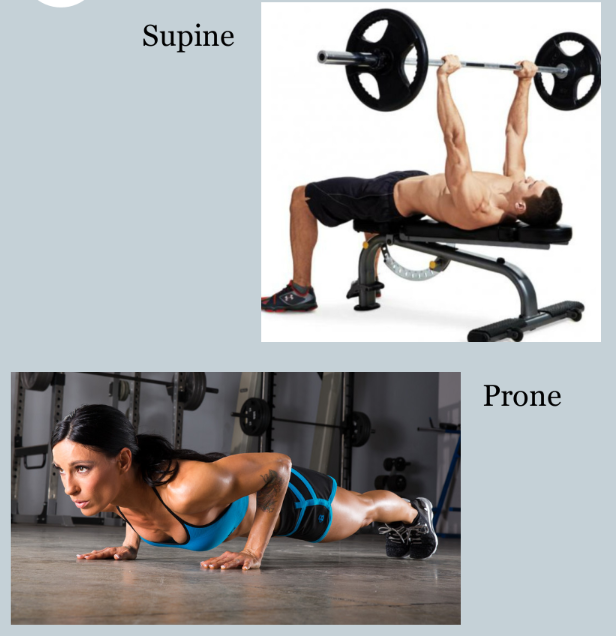
Planes
imaginary flat surfaces that divide the body
Median Plane
bisects the body into left and right halves
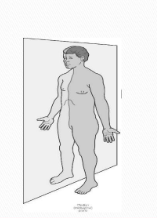
Sagittal Plane
any plane parallel to the median plane
Frontal Plane
bisects the body into front and back sections
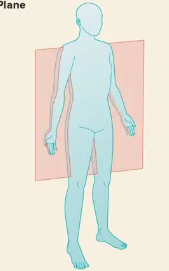
Transverse Plane
bisects the body into top and bottom halves
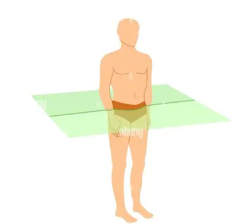
Center of Gravity
the point where the median, frontal, and transverse planes all intersect

True or False: The taller someone is, the lower their center of gravity will be.
True
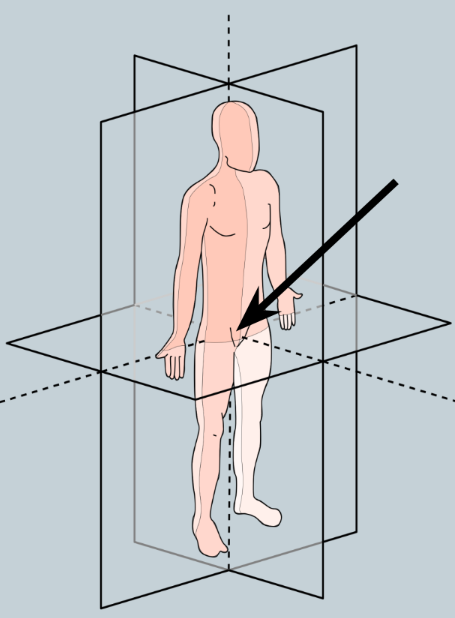
Longitudinal Axis
north-south

Horizontal Axis
east-west

Antero-Posterior Axis
front-to-back

Flexion
reduces the angle between two bones at a joint
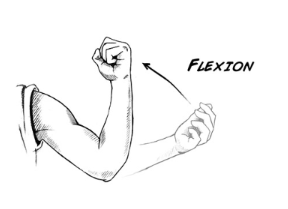
Extension
increases the angle between two bones at a joint
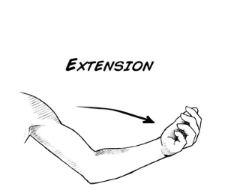
Flexion vs Extension
Flexion: reduces the angle between two bones at a joint
Extension: increases the angle between two bones at a joint
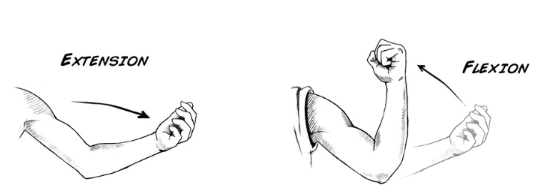
In what plane does flexion-extension movement occur?
sagittal plane
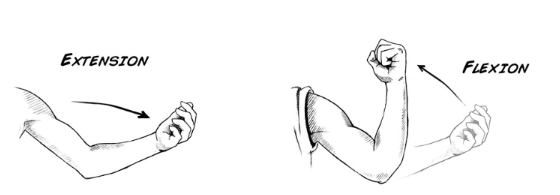
Abduction
moving a segment of the body away from the midline of the body
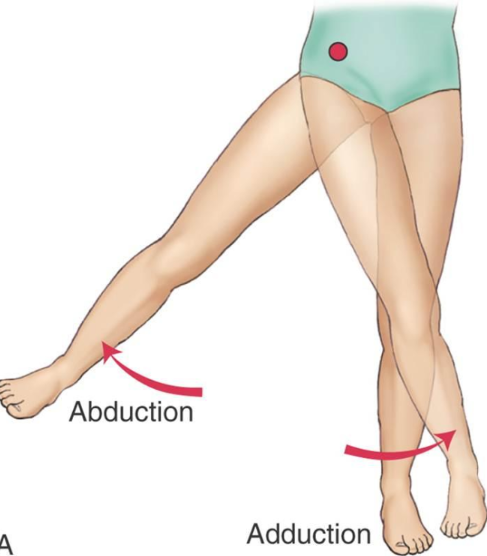
Adduction
moving a segment of the body toward the midline of the body
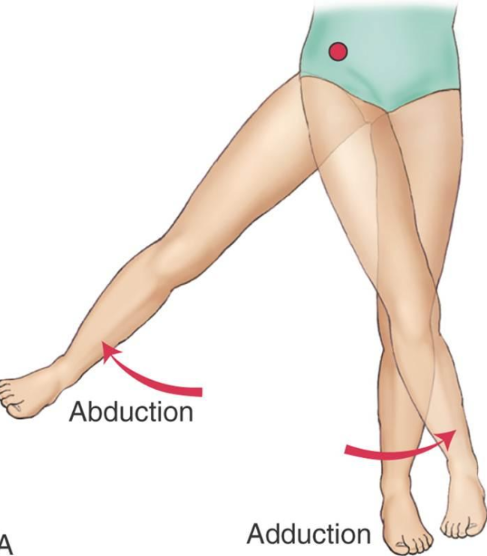
Abduction vs Adduction
Abduction: moving a segment of the body away from the midline of the body
Adduction: moving a segment of the body toward the midline of the body
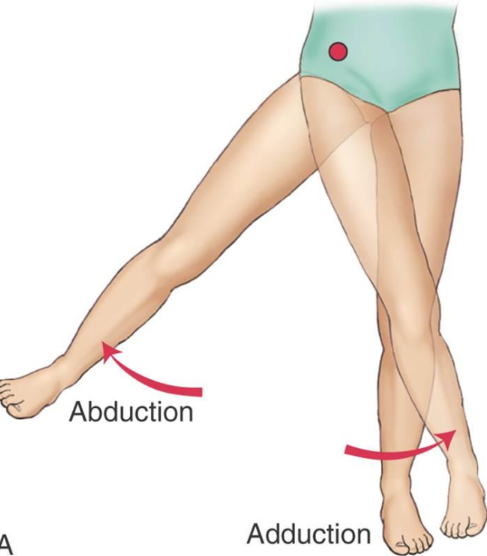
In what plane does abduction-adduction movement occur?
frontal plane
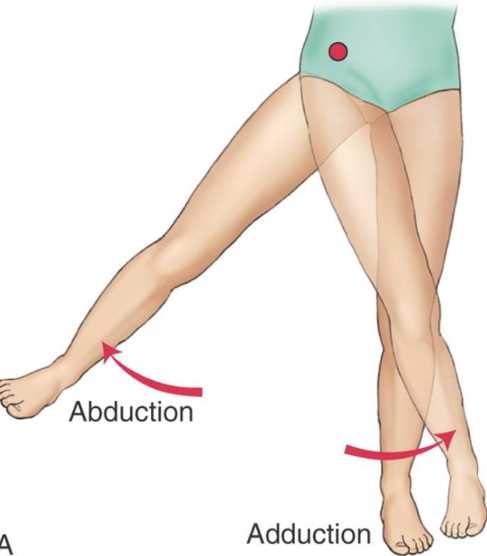
Circumduction
a cone of movement that does not include rotation
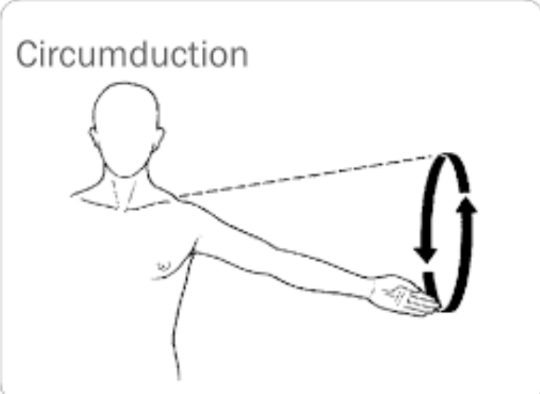
Circumduction occurs when _______-_________ movements are combined with _________-_________ movements.
flexion-extension, adduction-abduction
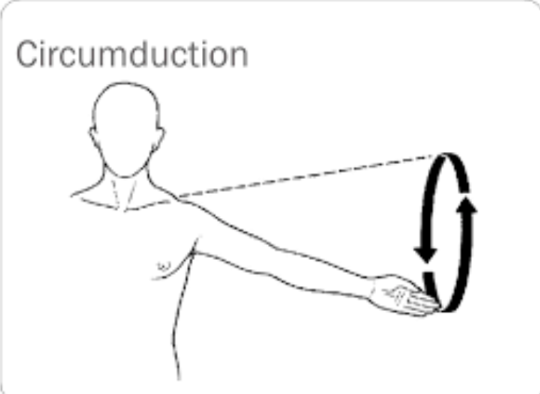
Internal (Medial) Rotation
rotation of a limb inwardly or towards the midline of the body
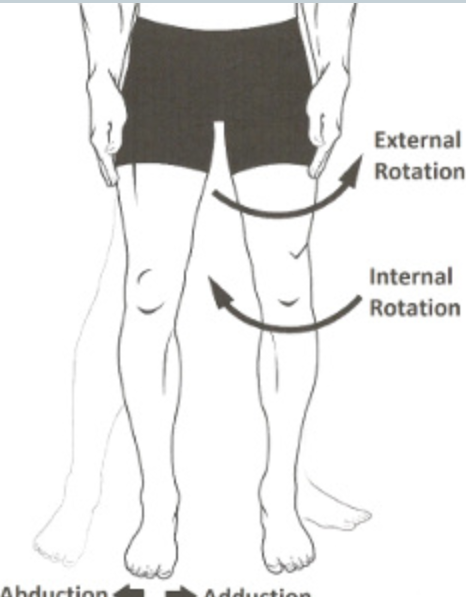
External (Lateral) Rotation
rotation of a limb outwardly or away from the midline of the body
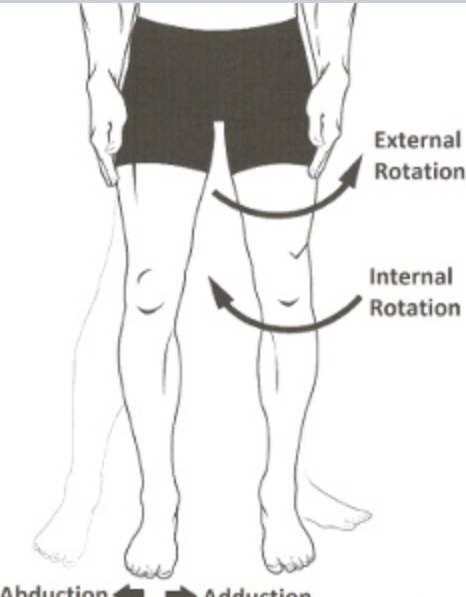
Internal (Medial) Rotation vs External (Lateral) Rotation
Internal (Medial) Rotation: rotation of a limb inwardly or towards the midline
External (Lateral) Rotation: rotation of a limb outwardly or away from the midline

In what axis does internal (medial) rotation-external (lateral) rotation occur?
longitudinal axis

Pronation
when the palm is moved and faced posteriorly
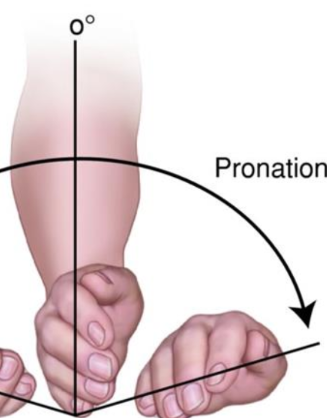
Supination
when the palm is moved and faced anteriorly
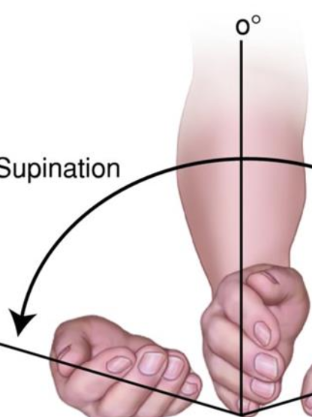
Pronation vs Supination
Pronation: when the palm is moved and faced posteriorly
Supination: when the palm is moved and faced anteriorly

Inversion
when the sole of the foot is turned inward toward the medial line of the body
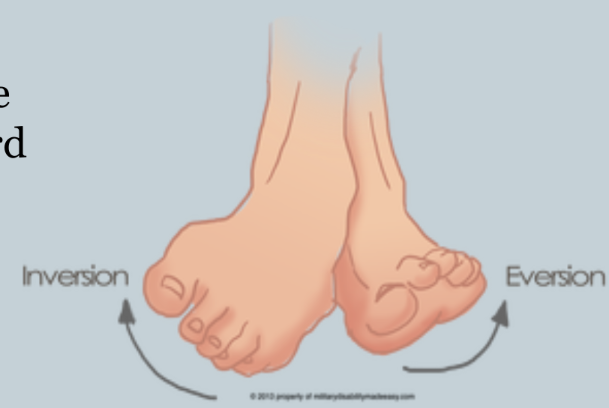
Eversion
when the sole of the foot is turned outward away from the medial line of the body
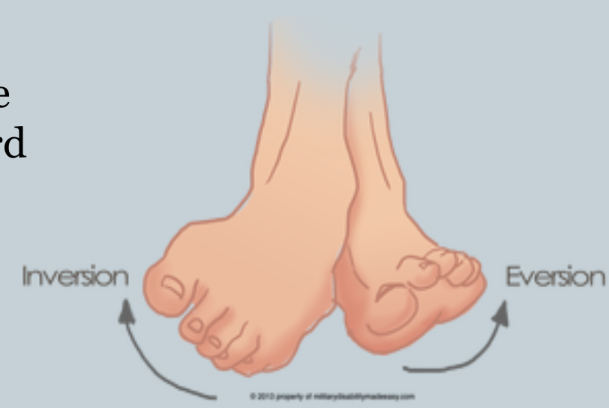
Inversion vs Eversion
Inversion: when the sole of the foot is turned inward toward the medial line of the body
Eversion: when the sole of the foot is turned outward away from the medial line of the body
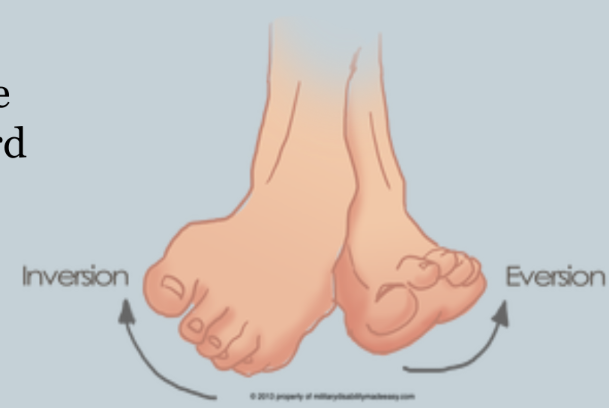
Dorsiflexion
bringing the top of the foot toward the lower leg or shin
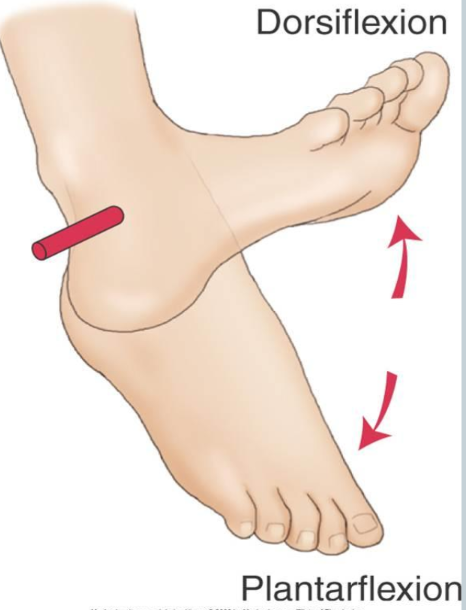
Plantar Flexion
“planting” the foot or pointing your toes straight down
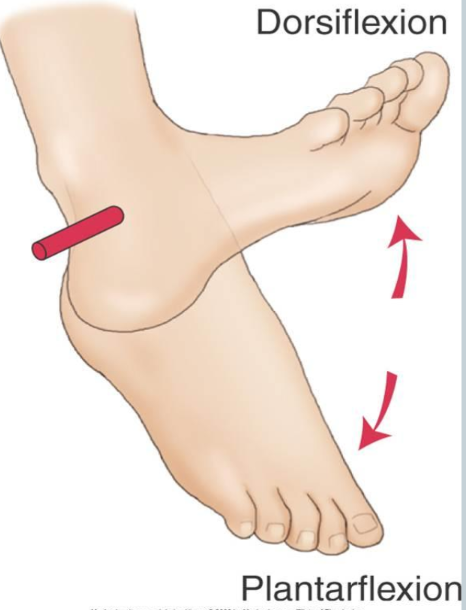
Dorsiflexion vs Plantar Flexion
Dorsiflexion: bringing the top of the foot toward the lower leg or shin
Plantar Flexion: “planting” the foot or pointing your toes straight down
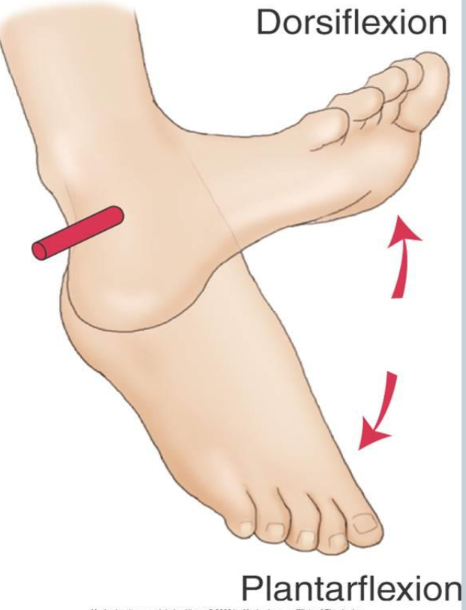
Elevation
a movement in a superior (upwards) motion
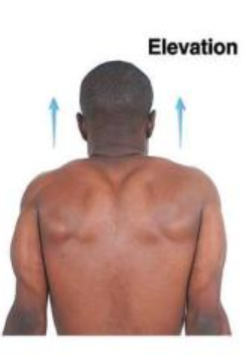
Depression
a movement in an inferior (downwards) motion

Elevation vs Depression
Elevation: a movement moving in a superior (upwards) motion
Depression: a movement moving in an inferior (downwards) motion
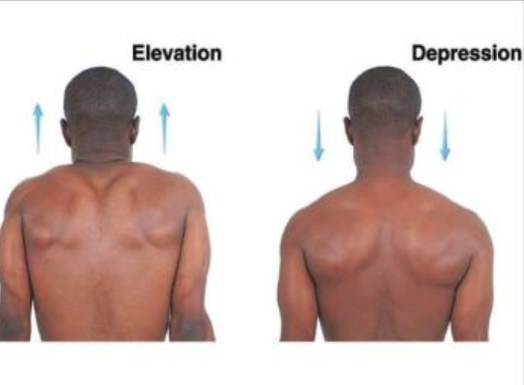
Protraction
moving in an anterior (forward) direction
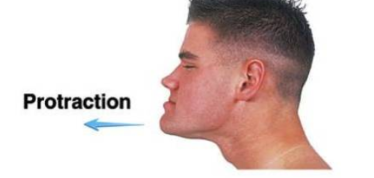
Retraction
moving in a posterior (backwards) direction
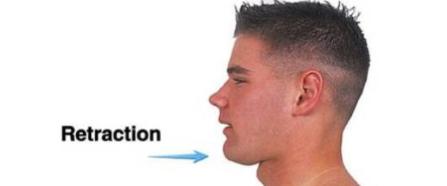
Protraction vs Retraction
Protraction: moving in an anterior (forward) direction
Retraction: moving in a posterior (backwards) direction
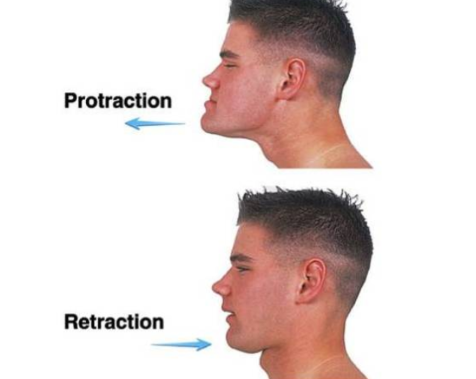
Opposition
occurs when the thumb meets one of the other fingers

Reposition
when the thumb is returned to its anatomical position
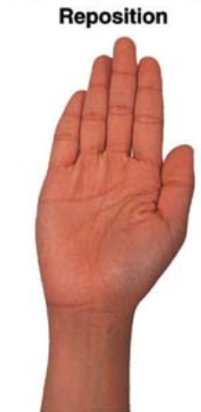
Opposition vs Reposition
Opposition: occurs when the thumb meets one of the other fingers
Reposition: when the thumb is returned to its anatomical position
